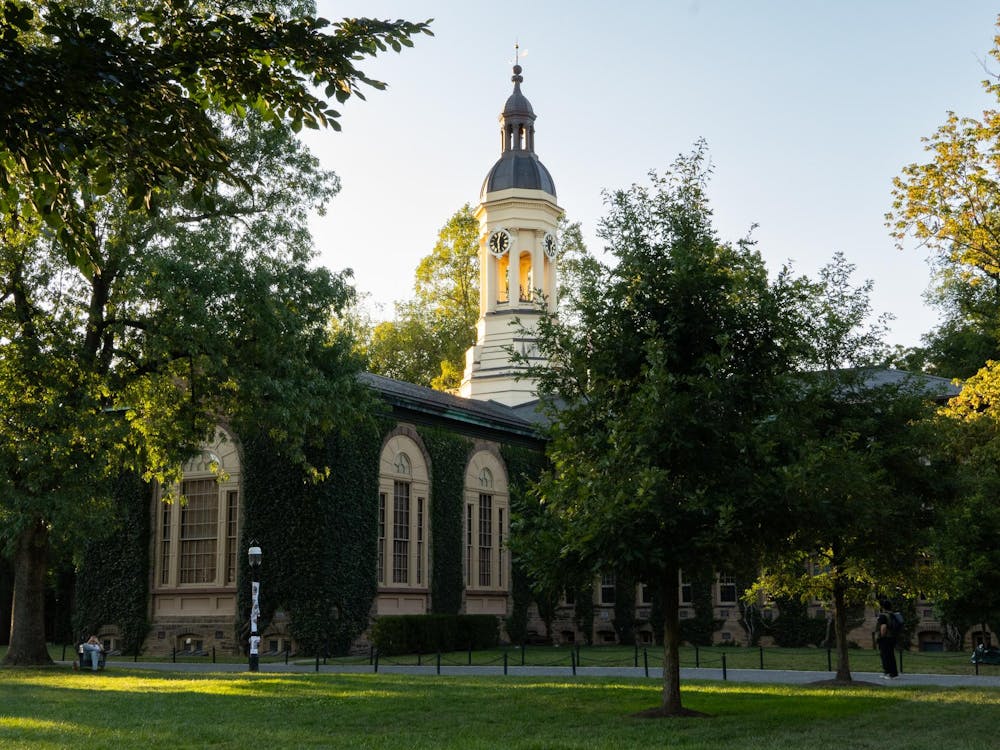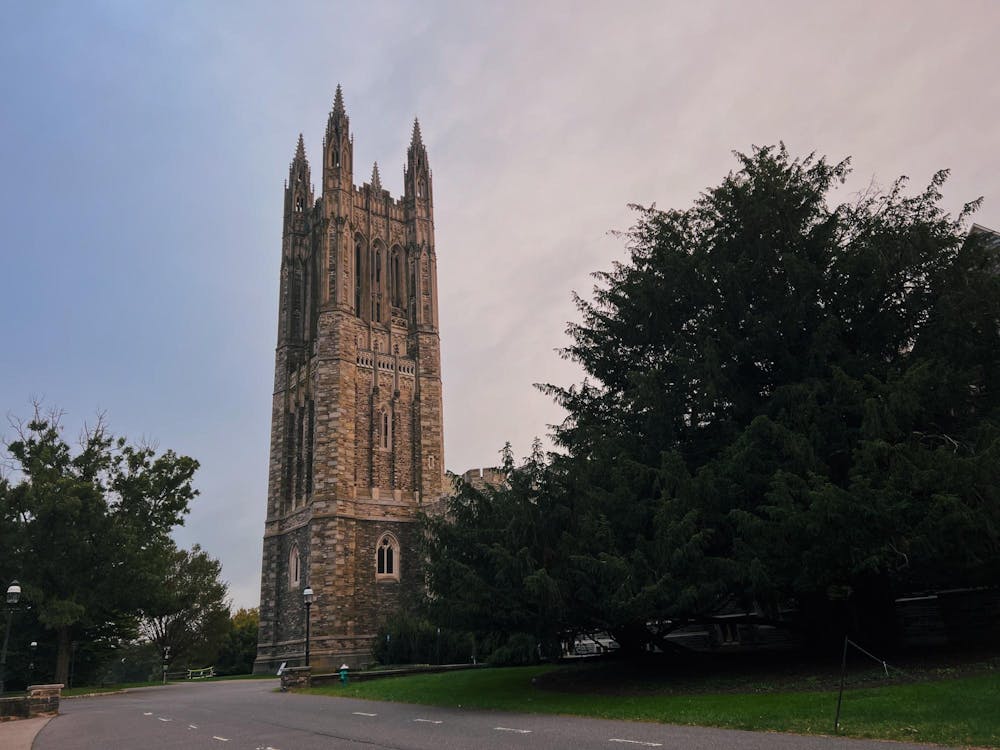The changes in the face of the goddess Durga during the Bengali festival Durga Puja are reflective of changes in the broader face of Indian society, Rachel McDermott, professor of Asian and Middle Eastern cultures at Columbia,said at a lecture on Thursday.
The Durga Puja is the Bengali version of Navratri, or the nine nights festival, in which the slaying of the demonMahishasuraby thegoddess Durga is celebrated, McDermott explained. The festival is marked by building devotional shrines which typically depict a statue or other creative depiction of Durga spearing the animal form of Mahishasura.
The depiction of Durga is highly instructive, because it has changed dramatically over the centuries and continues to vary based on local custom and individual ingenuity, McDermott explained.
Almost uniformly before the 1920s, the goddess’seyes were elongated to her ears, her mouth was very small, her chin was square, her nose was hooked and her arms large, McDermott said. The ceremony was also different, with it being held in private residences for one’s family instead of in the streets for the general public.
However, in the 1920s, Indian artists who traveled to Italy started to adopt more human-like forms of depiction of gods in the Mediterranean style, and Indian artists also learned a naturalistic perspective from British colonialist artists in India, McDermott said. Although the ceremony had primarily been held in wealthy households since around the 16th century and wealthy families used it as a status competition, the decline of the fortunes of wealthy Indian landowners under colonial India led to the formation of popular Durga Puja associations, which brought the festival to the streets, McDermott added.
As a result, the modern form of the depiction of Durga has evolved to be sexualized and attractive, McDermott said, adding that the changing role of women in Indian society has also shifted the depiction of the goddess away from an unrealistic depiction of the goddess.
Nonetheless, some artists and people either find comfort in the old-fashioned depiction of Durga or think the modern depiction of her violates Hindu scripture, McDermott said, explaining that the modern scenes that are heavy on action and motion distract from the stillness of the old-fashioned form, which is supposed to inspire devotion. There are legitimate arguments on both sides, she said, but most people prefer the updated look.
Bengali people also show extraordinary creativity and even sensitivity to current events with the makeshift temples that are built in the streets, McDermott said, even though the temples stand only for three days. The temples are not only sometimes massive and ornate, but have depicted Harvard, St. Isaac’s Cathedral and even an airplane in the wake of a Nepalese plane crash, McDermott said, explaining that the emphasis is on the presence of the goddess within the space and not on the adherence of the building to some sort of religious building code.
The festivals are massive community events with music and participants temple-hop to see the best depictions, McDermott said, adding that competitive prizes are awarded to the best shrines.
The lecture, titled “Goddesses of Clay: Materiality & Iconic Forms in Hindu Worship,” took place at 6:30 p.m. on Thursday in Jones Hall 100 and was part of the Hindu Studies Lecture Series, sponsored by the Office of Religious Life.









